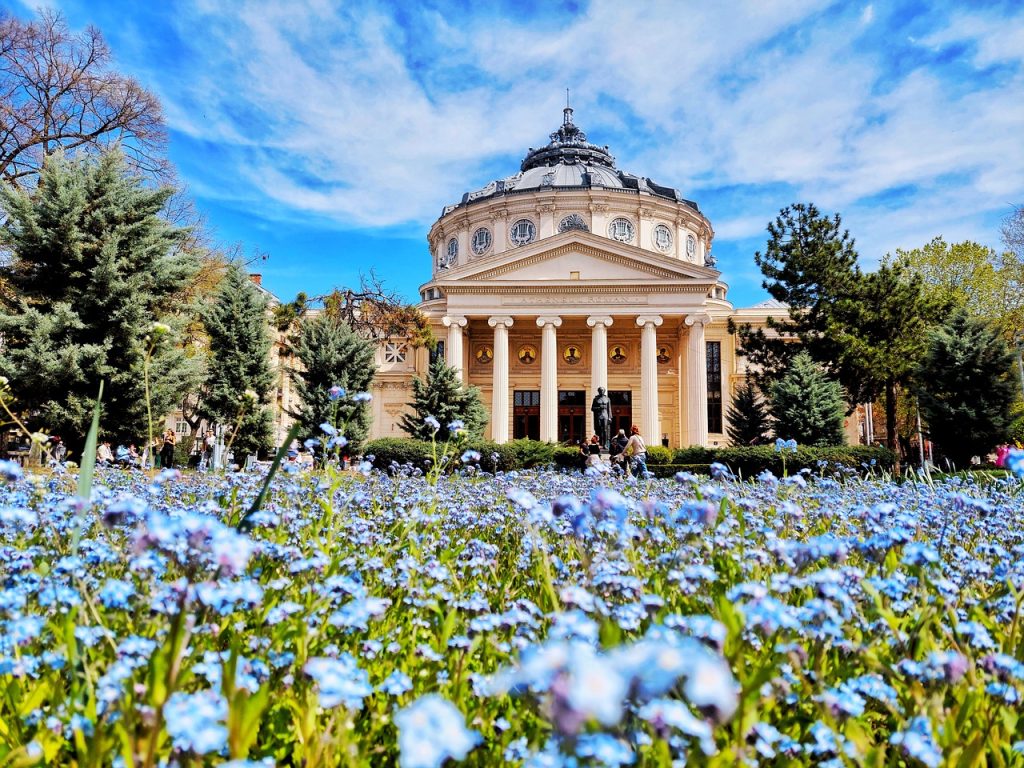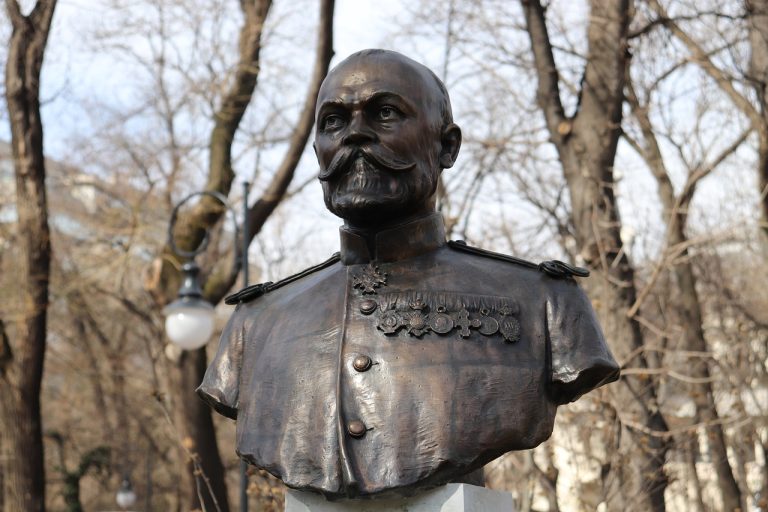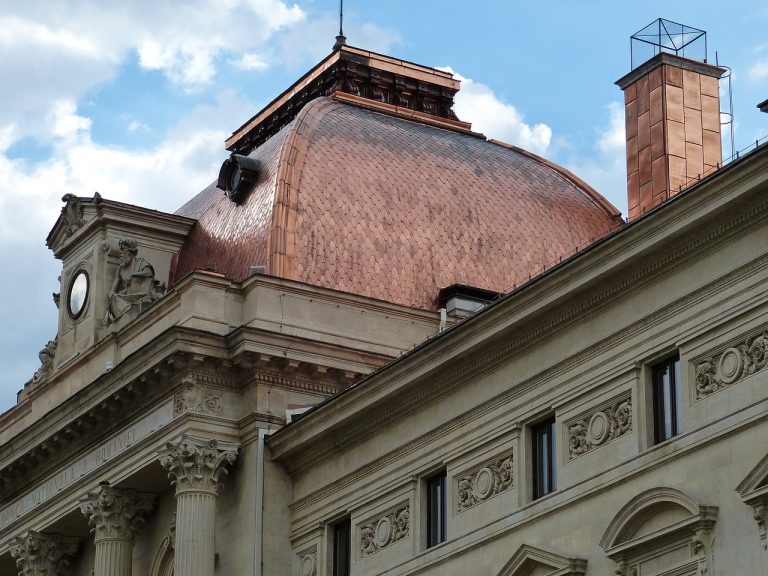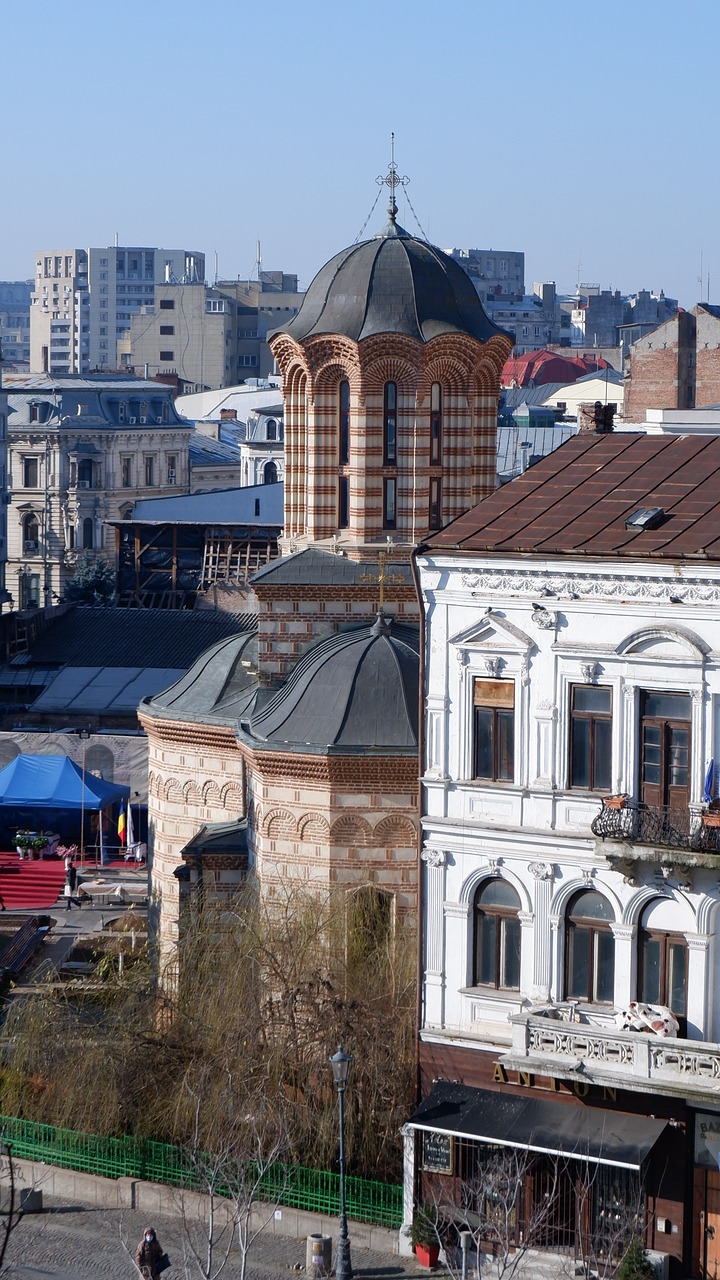Bucharest Romania Video
Historical Treasures of Bucharest Romania: Reliving the Past
Bucharest, the capital city of Romania, is a treasure trove of historical sites that offer a glimpse into the city’s rich past. From majestic palaces to beautiful churches, Bucharest is a city that truly allows visitors to relive history. In this article, we will explore some of the most significant historical treasures of Bucharest and discover the stories they hold.
The Romanian Athenaeum
The Romanian Athenaeum is a symbol of cultural and artistic heritage in Bucharest. Built in the late 19th century, this magnificent concert hall is renowned for its stunning architecture and exceptional acoustics. The Athenaeum hosts various classical music concerts and cultural events, attracting both locals and tourists alike.
- Architecture: The Romanian Athenaeum is an architectural masterpiece, designed in a neoclassical style by French architect Albert Galleron. Its iconic dome and grand columns make it one of the most recognizable landmarks in Bucharest.
- Concerts: The Athenaeum is home to the George Enescu Philharmonic Orchestra, which performs a wide range of classical music concerts throughout the year. Visitors can enjoy the enchanting melodies in the opulent surroundings of the concert hall.
- Historical Significance: The Romanian Athenaeum played a crucial role in the country’s history, serving as a meeting place for important cultural and political events. It has witnessed significant moments in Romania’s struggle for independence and national identity.
Keywords: Romanian Athenaeum, Bucharest cultural heritage, classical music concerts, neoclassical architecture, George Enescu Philharmonic Orchestra, historical significance
Revolution Square
Revolution Square is a historic square in Bucharest that holds great significance in the country’s recent history. It was the focal point of the Romanian Revolution in 1989, which led to the overthrow of the communist regime. Today, Revolution Square is a popular gathering place and a reminder of Romania’s fight for freedom.
- Monument of the Revolution: At the center of the square stands the Monument of the Revolution, a memorial dedicated to the victims of the revolution. The monument consists of a tall obelisk surrounded by a semicircular marble wall engraved with the names of those who lost their lives.
- Former Royal Palace: The square is also home to the former Royal Palace, now known as the National Museum of Art of Romania. This majestic building showcases an impressive collection of Romanian and European art, including works by famous artists such as Rembrandt and Monet.
- University Library: The University Library, located near Revolution Square, is another notable landmark. Its beautiful architecture and extensive collection of books make it a significant cultural institution in Bucharest.
Keywords: Revolution Square, Romanian Revolution, Monument of the Revolution, National Museum of Art of Romania, former Royal Palace, University Library, Bucharest landmarks
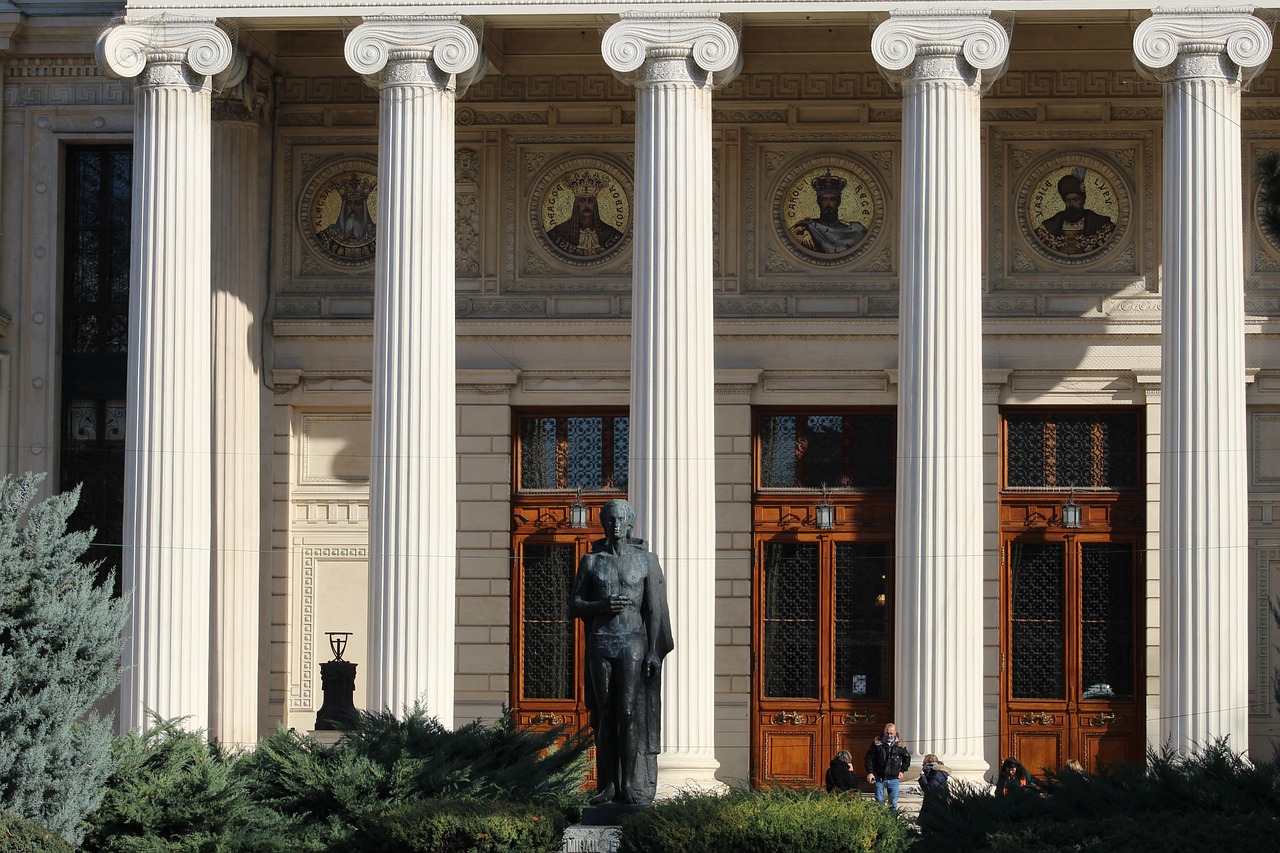
Village Museum
The Village Museum, also known as the Romanian Peasant Museum, is a unique open-air museum that showcases traditional Romanian village life. Located in Herastrau Park, this museum offers visitors a chance to explore authentic rural houses, churches, and other buildings from different regions of Romania.
- Traditional Architecture: The Village Museum features over 200 traditional buildings, including wooden houses, windmills, and watermills. Each structure represents a specific region of Romania and provides insight into the country’s diverse architectural heritage.
- Cultural Exhibits: Apart from the buildings, the museum also houses a collection of traditional crafts, costumes, and artifacts. Visitors can learn about traditional Romanian customs, rituals, and craftsmanship through these exhibits.
- Events and Workshops: The Village Museum organizes various cultural events and workshops to promote Romanian traditions. Visitors can participate in activities such as traditional dance performances, pottery making, and weaving demonstrations.
Keywords: Village Museum, Romanian Peasant Museum, traditional Romanian architecture, rural houses, traditional crafts, cultural exhibits, workshops
Palace of the Parliament
The Palace of the Parliament, also known as the People’s House, is one of the most impressive landmarks in Bucharest. This colossal building is the world’s heaviest administrative building and the second-largest building in the world, after the Pentagon. It was built during the communist era and remains a symbol of the country’s complex history.
- Architectural Marvel: The Palace of the Parliament is a masterpiece of architecture and engineering. Its vast halls, intricate details, and luxurious decorations showcase the grandeur of the communist regime. Guided tours allow visitors to explore a small portion of the building’s opulent interior.
- Historical Significance: The construction of the Palace of the Parliament was a controversial project that required the demolition of a significant portion of Bucharest’s historic district. Today, it serves as the seat of the Romanian Parliament and houses various government offices.
- Gardens and Surroundings: The palace is surrounded by beautifully landscaped gardens and offers panoramic views of Bucharest. Visitors can stroll through the gardens and enjoy the impressive architecture from different angles.
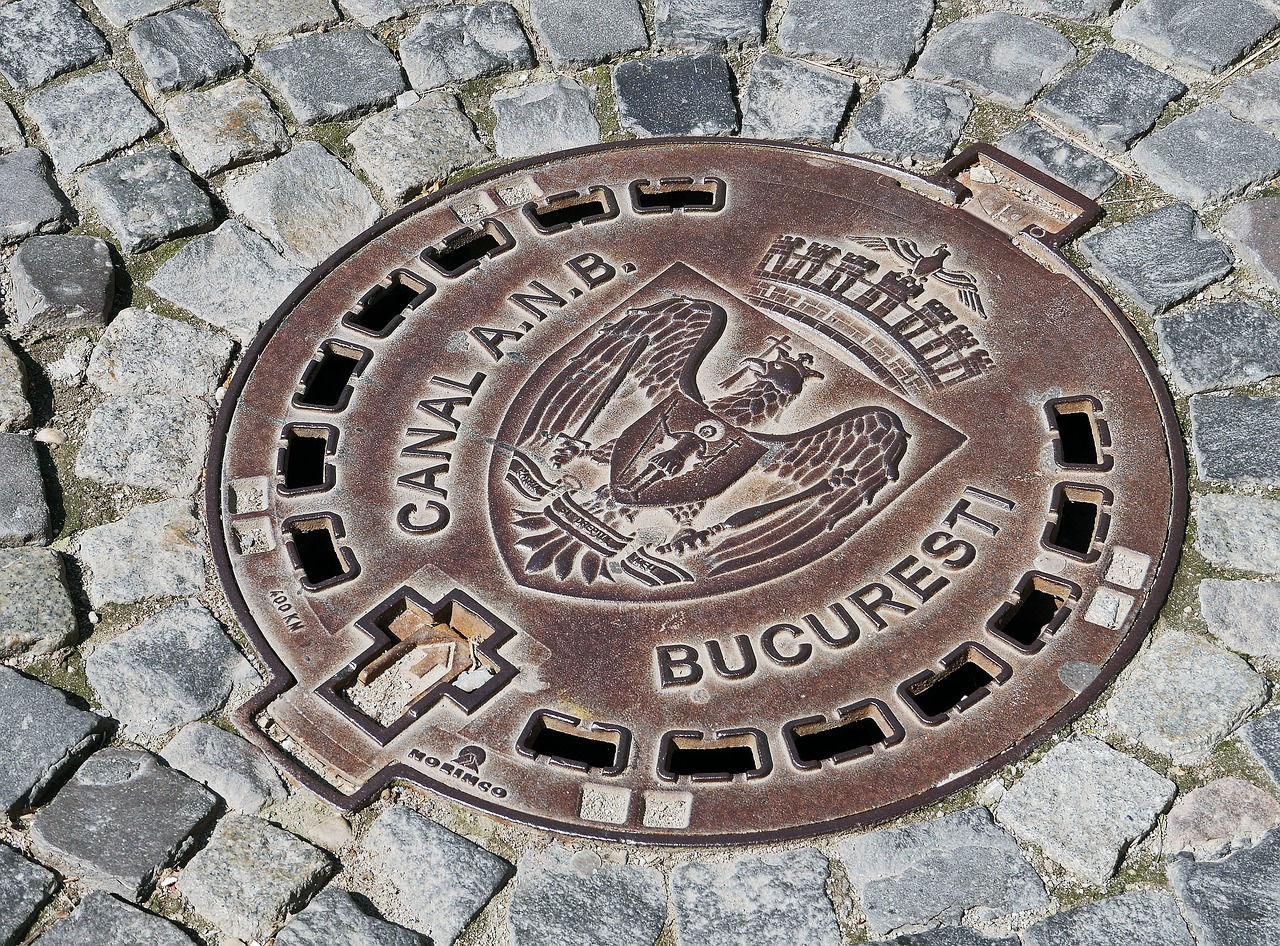
Stavropoleos Monastery
The Stavropoleos Monastery is a hidden gem in the heart of Bucharest’s old town. This small Eastern Orthodox monastery is renowned for its exquisite architecture and beautiful religious artwork. It provides a peaceful retreat from the bustling city streets.
- Architectural Beauty: The Stavropoleos Monastery features a unique blend of Romanian and Byzantine architectural styles. Its intricate stone carvings, colorful frescoes, and ornate wooden doors make it a true masterpiece of religious architecture.
- Religious Artwork: Inside the monastery, visitors can admire a collection of religious icons, manuscripts, and artifacts. These precious items reflect the rich spiritual heritage of the Romanian Orthodox Church.
- Choir Performances: The monastery is also known for its renowned choir, which performs Byzantine chants during religious services. Visitors can experience the enchanting melodies and immerse themselves in the spiritual atmosphere of the monastery.
Keywords: Stavropoleos Monastery, Eastern Orthodox monastery, Romanian and Byzantine architecture, religious artwork, religious icons, choir performances, Bucharest old town
Herăstrău Park
Herăstrău Park is a vast green oasis located in the northern part of Bucharest. It is the largest park in the city and offers a peaceful escape from the urban hustle and bustle. The park is centered around Lake Herăstrău, where visitors can enjoy various recreational activities.
- Lake Herăstrău: The park’s main attraction is Lake Herăstrău, a large artificial lake that provides opportunities for boating, fishing, and leisurely walks along the waterfront. Visitors can rent paddleboats or rowboats to explore the lake and enjoy the serene surroundings.
- Museum of Village: The Museum of Village is located within Herăstrău Park and offers a glimpse into traditional Romanian village life. The museum features traditional houses, workshops, and artifacts, providing a deeper understanding of the country’s rural heritage.
- Recreational Facilities: Herăstrău Park is equipped with various recreational facilities, including playgrounds, sports fields, and picnic areas. It is a popular destination for families, joggers, and nature enthusiasts.

Carol I Park
Carol I Park, also known as Liberty Park, is a charming green space located near the Palace of the Parliament. It was designed in the late 19th century and offers a tranquil atmosphere amidst the urban landscape of Bucharest.
- Monument of Independence: At the heart of Carol I Park stands the Monument of Independence, a statue dedicated to Romania’s independence from the Ottoman Empire. The monument is surrounded by beautifully landscaped gardens and is a popular spot for relaxation and contemplation.
- Central Alley: The park features a central alley lined with trees and benches, providing a pleasant walkway for visitors. It is a favorite spot for locals to unwind, enjoy a leisurely stroll, or have a picnic with friends and family.
- Botanical Garden: Adjacent to Carol I Park is the Bucharest Botanical Garden, home to a vast collection of plant species from around the world. The garden offers a peaceful retreat and is a paradise for nature lovers and botany enthusiasts.
Keywords: Carol I Park, Liberty Park, Monument of Independence, Bucharest Botanical Garden, green spaces in Bucharest, tranquil atmosphere
Constitution Square
Constitution Square, also known as Piața Constituției, is a significant square in Bucharest that showcases modern architectural marvels. It is located near the Palace of the Parliament and is a testament to the city’s transformation following the fall of communism.
- Palace of the Parliament: Constitution Square is dominated by the imposing Palace of the Parliament, which serves as a powerful reminder of Romania’s communist past. Its massive size and grandeur make it a remarkable sight for visitors.
- Contemporary Architecture: The square is also home to several modern buildings, including the National Museum of Contemporary Art and the Romanian National Library. These architectural gems contribute to the city’s vibrant and evolving skyline.
- Fountains and Gardens: Constitution Square features beautifully landscaped gardens, fountains, and walkways that provide a pleasant environment for locals and tourists to relax and enjoy the surroundings.
Cismigiu Gardens
Cismigiu Gardens is a picturesque public park located in the center of Bucharest. It is the oldest and most famous park in the city, offering a peaceful retreat from the urban chaos. The park’s lush greenery, scenic lake, and charming bridges make it a favorite spot for both locals and visitors.
- Scenic Lake: Cismigiu Gardens boasts a serene lake where visitors can rent rowboats or pedal boats to explore the tranquil waters. The lake is surrounded by beautiful trees and is home to various bird species, creating a serene atmosphere.
- Historic Monuments: The park features several historic monuments, including statues of famous Romanian writers and poets. These monuments pay tribute to the country’s literary heritage and add cultural significance to the park.
- Walking Paths and Gardens: Cismigiu Gardens offers well-maintained walking paths that wind through lush gardens and flower beds. Visitors can enjoy a leisurely stroll and appreciate the park’s natural beauty.
Conclusion
Bucharest, Romania’s capital city, is a treasure trove of historical sites and cultural landmarks. From the grandeur of the Romanian Athenaeum and the Palace of the Parliament to the tranquility of Cismigiu Gardens and Herăstrău Park, Bucharest offers a diverse range of experiences for history enthusiasts and nature lovers alike. By exploring these historical treasures, visitors can relive the past and gain a deeper understanding of Romania’s rich heritage.
References:
- Petit Palace: cityloco.net
- Romanian Athenaeum: ateneulroman.ro
- National Museum of Art of Romania: mnar.arts.ro
- Village Museum: muzeul-satului.ro
- Palace of the Parliament: cdep.ro
- Stavropoleos Monastery: stavropoleos.ro
- Herăstrău Park: herastrau.ro
- Carol I Park: parculcarol.ro
- Bucharest Botanical Garden: gradinabotanica.ro
- National Museum of Contemporary Art: mnam.ro
- Romanian National Library: bnr.ro
- Cismigiu

